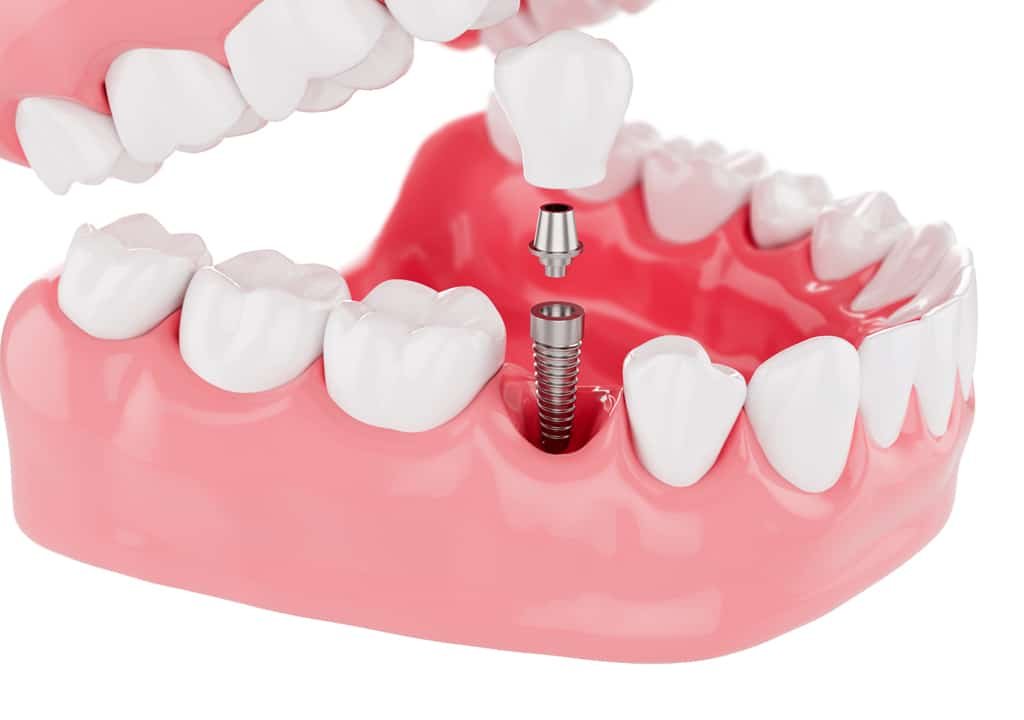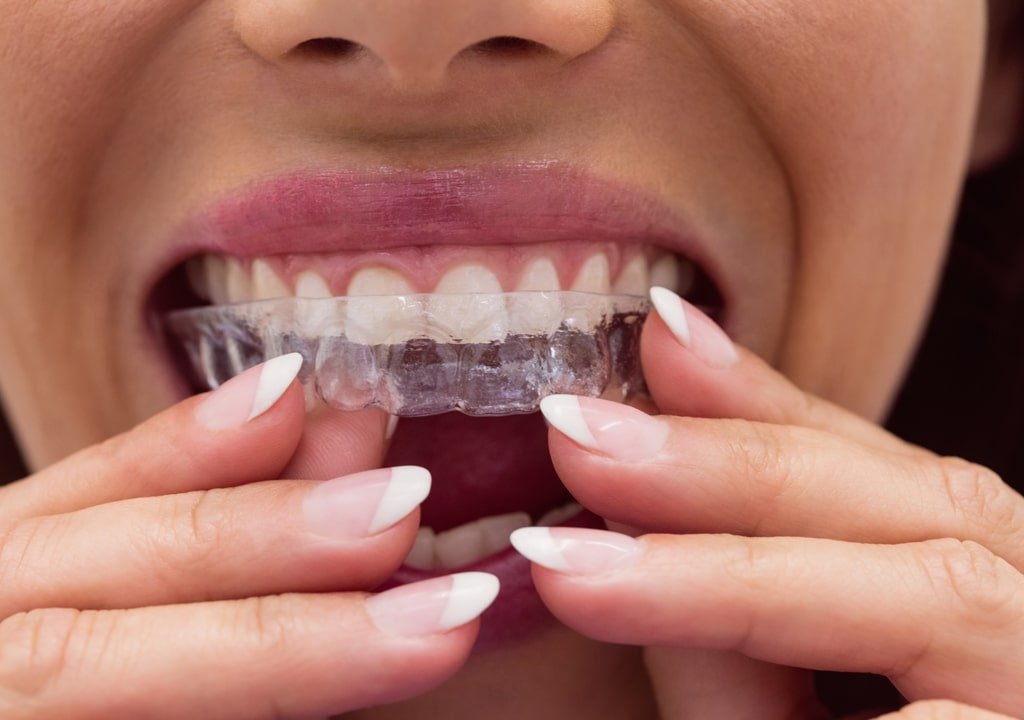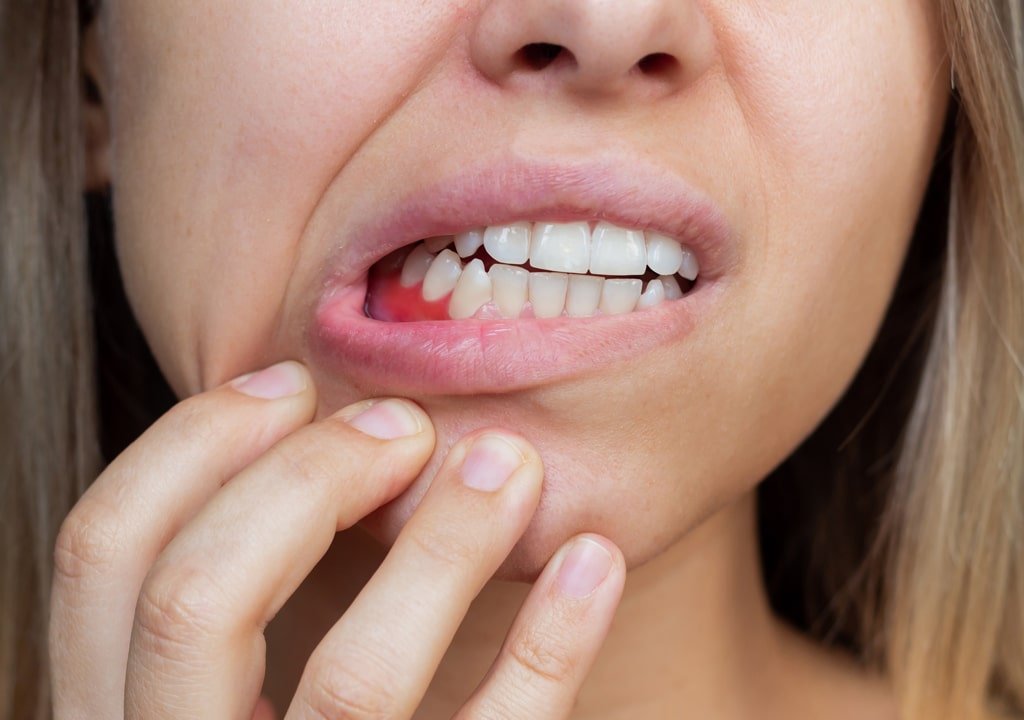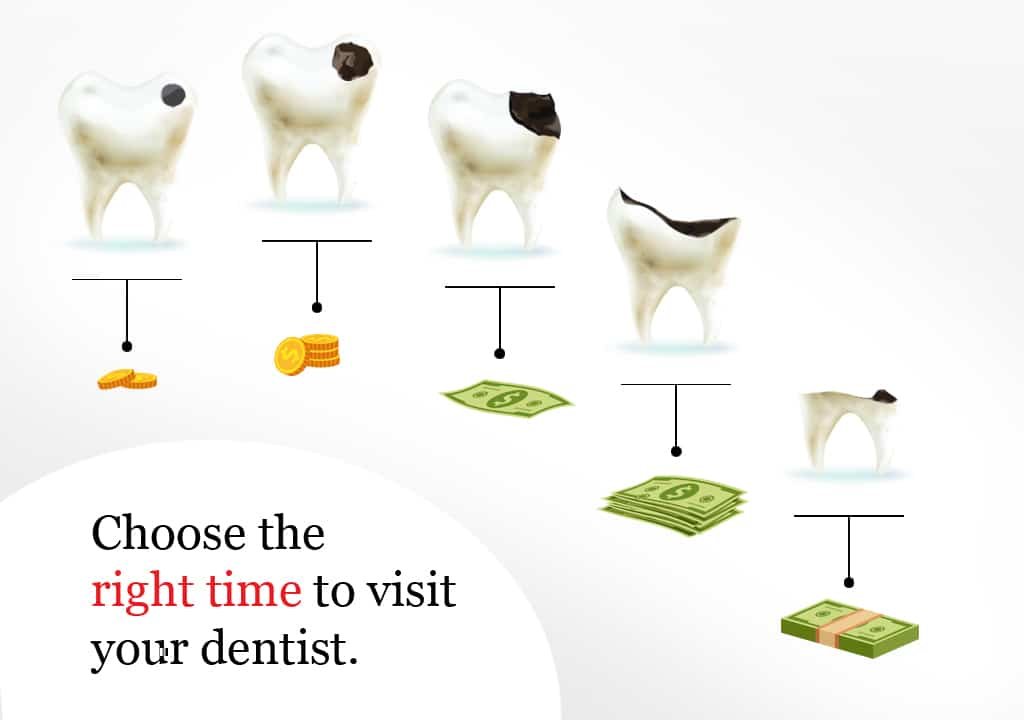Blog
Reason/Benefits Of Invisalign
Introduction:
We have compiled this article on the reason/benefits of Invisalign Braces.
[1]What Are Braces?
Braces help to straighten and reposition teeth with the use of metal or plastic brackets and rubber bands or wires. The dentist tightens your brackets during visits to change the position of your teeth.
What Is Invisalign?
Invisalign, or “invisible aligners,” is a revolutionary treatment for correcting dental problems. Teeth are aligned to their proper place with the use of clear guides. The clear guides fit on your teeth, making it almost impossible for anyone to notice.
When it comes to the discussion of Invisalign vs. braces, there are pros and cons for each option. Invisalign can provide benefits that may surprise you.
[2]The Importance Of Fixing Crooked Teeth
For many people looking to fix their crooked teeth, image is their main concern. Crooked teeth, overbites, underbites, and other dental issues can affect our self-esteem and make us feel bad about our appearance. However, your teeth should be straightened for more reasons than just aesthetics. Crooked teeth can cause major dental issues if left unstraightened.
Straight teeth reduce the risk of periodontal disease, a gum disease that can become severe enough to break down jaw bone tissue. This risk is reduced since straight teeth are easier to clean, getting rid of harmful bacteria. Straight teeth allow you to chew properly and eliminate uneven grinding on your teeth. Straight teeth also align the jaw, which reduces aches and discomfort. Having straight teeth can even help to open airways to aid those with sleep apnea.
Traditional Braces
Traditional braces use tiny pieces of metal that are attached to each tooth and wired together with a metal wire. These pieces of metal shift teeth into place using different-sized wires and rubber bands. Before getting braces, you will have to have your teeth x-rayed, scanned, pictured, and moulds taken. Traditional braces require frequent visits to the dentist to check on your teeth and make any necessary adjustments.
Traditional braces need cleaning. They require special flossing tools to get in between the teeth and brushing around the brackets is an added difficulty. You are also limited from eating certain things, such as popcorn or caramel candy, to prevent a bracket from breaking off.
Invisible Aligners
Invisalign is a newer way to straighten teeth. With new scanning technology, dentists can non-invasively scan your teeth and create a set of aligners that will slowly adjust your teeth to the optimal position. Created with a medical-grade polyurethane resin, the aligners are practically invisible, their edge riding the exact ridgeline of your teeth. Every aligner is a custom fit, made exactly for your teeth to slowly shift them into place.
Invisible aligners must be worn for 3 hours a day to have the maximum effect. While they are removable, they can’t straighten any teeth if they aren’t in contact with them. They should be taken out during meals and at any other time, you are eating or drinking anything other than cold water.
[3]Benefits Of Invisalign
Invisible Appearance
Invisalign trays are invisible! They are completely clear so they don’t detract from your face or smile. This is an especially great option for adults, teens, and young adults who want to live life without the brackets and wires associated with traditional braces.
Comfort
Invisalign trays are made of smooth plastic making Invisalign much more comfortable than traditional metal braces. There are no sharp/extruding edges or pieces of Invisalign and the trays are custom made to fit your teeth and mouth!
Improved Cleanliness
When you are ready to brush and floss your teeth, just remove the trays, clean your teeth, then pop them back in. The trays themselves can also be cleaned! To make sure there is no build-up, just remove the trays and rinse or brush them with your toothbrush. It is important to have healthy teeth and gums while straightening your teeth to have the best smile possible at the end of treatment!
Saves Time
With Invisalign, you will be able to spend less time at the dentist’s office as they only need to be maintained every six weeks on average. Other teeth straightening options can take much more time and many more appointments.
Better Dental Health
Straight teeth are better for your gums and dental health. Eliminating crowding and gaps makes it easier to care for your teeth, and better dental health leads to better overall health.
Beautifully Straight Teeth
The results speak for themselves, and Invisalign leads to beautifully straight teeth and a wonderful smile. Possibly the best reason to use Invisalign!
Now that you know some of the benefits of Invisalign, speak to your dentist at Legend Dental Austin or Georgetown about getting fitted and begin your journey to a perfect smile!
Conclusion:
We hope that this article has been helpful. Check back frequently for other dental-related articles here at Apple Tree Dental.
Article compiled by AppleTreeDental.ca
Article Reference links:












